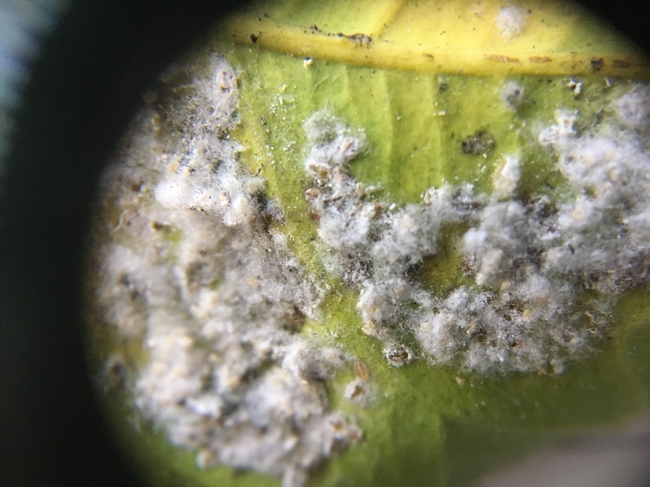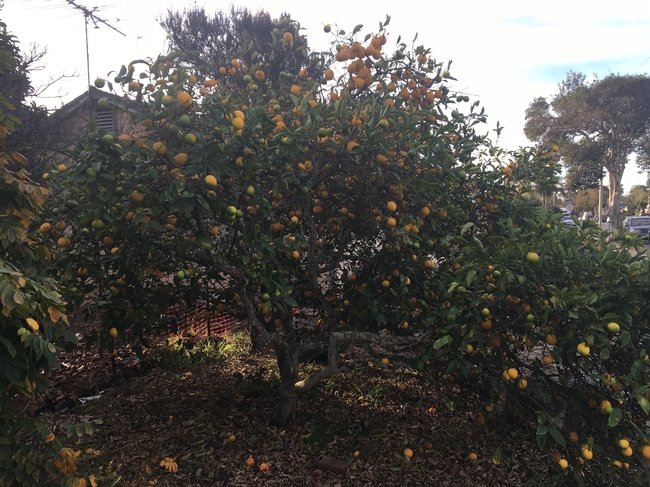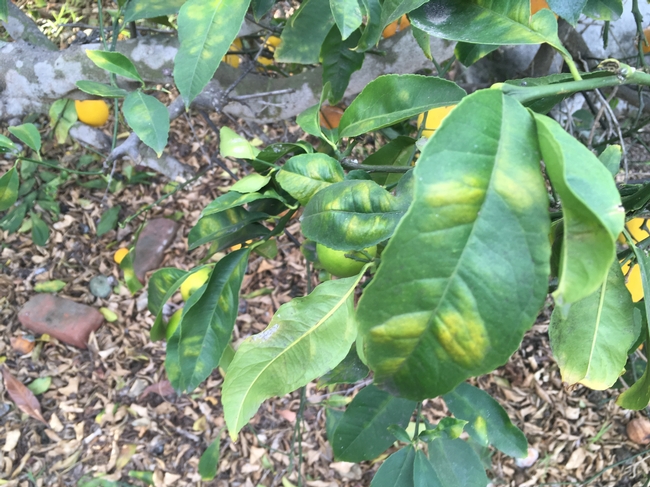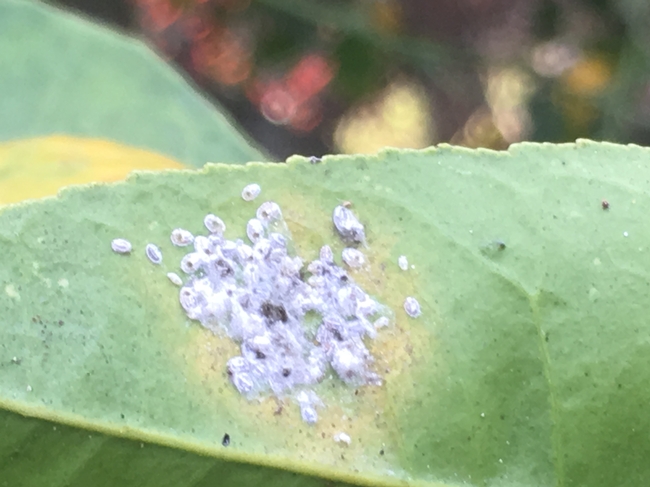
Posts Tagged: natural enemies
Support Biocontrol Program
Harry S. Smith, was born in 1883 to a poor farming family in Nebraska. He was trained in Biological Control in the northeast U.S.A. where he worked on the biological control of gypsy moth with the USDA. Upon his appointment to Sacramento in 1913 to work on biological control issues important to California, Smith brought recognized entomological training in biological control to California for the first time.
The phrase “Biological Control” was first used by Smith in August 1919 at the meeting of Pacific Slope Branch of the American Association of Economic Entomologists at the Mission Inn in downtown Riverside.
Based on his experiences on biological control of forest and pasture pests, Smith brought caution and tempered exaggeration about biological control in California as he worked with citrus growers and other commodity groups.
 In 1923, Smith and four colleagues moved from Sacramento to the University of California Riverside Campus which had evolved from the Citrus Experiment Station (est. 1915) and he formed the Division of Beneficial Insect Investigations which was a unit distinct from the Division of Entomology. Prof. Harry, as he was
In 1923, Smith and four colleagues moved from Sacramento to the University of California Riverside Campus which had evolved from the Citrus Experiment Station (est. 1915) and he formed the Division of Beneficial Insect Investigations which was a unit distinct from the Division of Entomology. Prof. Harry, as he was
affectionately known, is fondly remembered by his students as a patient and generous supervisor who encouraged research and work on applied and
practical aspects of biological control.
Smith went on to create the Department of Biological Control which offered the only graduate training in Biological Control in the world. The Department of Biological Control became the Division of Biological Control in 1969 which then merged into Department of Entomology at UC Riverside in 1988. Prof. Harry had two sons, both trained to be entomologists. Instead of pursuing biological control they went into the pesticide industry and Sam Smith died accidentally from pesticide poisoning. Prof. Harry passed away in 1957 and left UC Riverside $15,000 to develop a scholarship fund to support training and education in biological control. This fund has grown to approximately $45,000 today, but is insufficient to provide meaningful support to students wanting to be trained in biological control.
Our goal is to build the Harry S. Smith Scholarship fund to a significant level where the corpus of the fund will be able to generate enough revenue to provide substantial support to students wanting to be trained in biological control. This can only be achieved by actively soliciting donations from individuals, industries, and organizations that have benefited over the years from biological control projects that have that have been run by UC scientists, in particular entomologists at UC Riverside. If biological control is to continue to prosper in southern California we need to continue recruiting and training high quality students. To do this, we need to be able to provide substantial financial support, and the Harry S. Smith Scholarship is one way to attract excellent students to UC Riverside.
Learn more about the program and how you can push the fund over the top at:
http://biocontrol.ucr.edu/hoddle/harrysmithfund.html

parasitic wasp laying
Fire, Ash, Citrus and Pests

Wow, woolly whitefly covered with waxy, curly filaments , Aleurothrixus floccosus.
One of the consequences of fire and the resulting ash is that the biocontrol agents that keep whiteflies, scale, mealybug and other pests in balance is that they will spend so much of their time preening that they don't have time to go after their prey. Lacewing larvae, minute pirate bug, ladybird larvae, parasitic wasps and others rely on moving around to get at their food sources. When they cant move fast, they stop and clean their joints to stay limber. Whitefly and scale insects just hunker down and don't need to do a lot of moving. They just breed, and without actively moving biocontrol agents, their populations can explode. Or that's my human analogy. In dusty areas or areas affected by ash, the particles get in their joints and they need to spend time cleaning in order to move fast.
Whiteflies suck phloem sap, which in some cases can cause leaves to wilt and drop when there are high numbers of whiteflies. However, the primary concern with whiteflies is the honeydew they produce. Honeydew excreted by nymphs and adults collects dust and supports the growth of sooty mold; large infestations blacken entire trees, including fruit, as well as attract ants, which interfere with the biological control of whiteflies and other pests. The sooty mold can also affect tree yields by reducing photosynthesis and requiring extra handling time for cleaning.
So pests under good control prior to a fire can get out of hand. This is a good example of a tree in the town of Ventura where ash was a problem. A seemingly clean tree, free of whitefly, started to defoliate with blotchy leaf spots. On the undersides of the leaves corresponding to the blotches are colonies of whitefly. And looking closely you can see that some of the nymphs have exit holes, indicating that they have been parasitized by a wasp. So nature is kicking in and taking it's course. The whitefly should get cleaned up soon too by some forager, such as lacewing larvae or pirate bug. No need to spray because it would just be a further disruption.
See more about whiteflies at:
http://ipm.ucanr.edu/PMG/PESTNOTES/pn7401.html
Photos: Defoliating 'Meyer' lemon tree, blotches on upper side of leaf, whitefly colonies with exit holes in some of the nymphs

lemon leaf drop

lemon leaf blotch

lemon scale
